Pad See Ew – the popular Thai stir fried noodles straight from the streets of Thailand made at home! While Pad Thai is sweeter and nuttier, Pad See Ew is salty, balanced with a touch of sour and a wonderful chargrilled flavour which you can create at home!
This is a reader-favourite recipe included by popular demand in my debut cookbook “Dinner”!

Pad See Ew
Pad See Ew, which means “stir fried soy sauce noodles”, is an extremely popular Thai street food meal and one of the most popular noodles dishes at Thai restaurants here in Australia.
Making a great Pad See Ew at home simply comes down to two things:
The right sauce. Basic recipes online will instruct you to use little more than just soy sauce and sugar. It takes a little more than that!
Caramelising the noodles – Getting a little caramelisation on the noodles makes all the difference between an “ok” and “wow, it’s JUST like you get at restaurants!”.
The trick? Remove the stir fry ingredients. Cook the noodles with sauce separately. Less stuff in the wok (or skillet) = easier to caramelise the noodles. At least, at home. If you’ve got a giant restaurant wok burner, you don’t need to do the noodles separately!
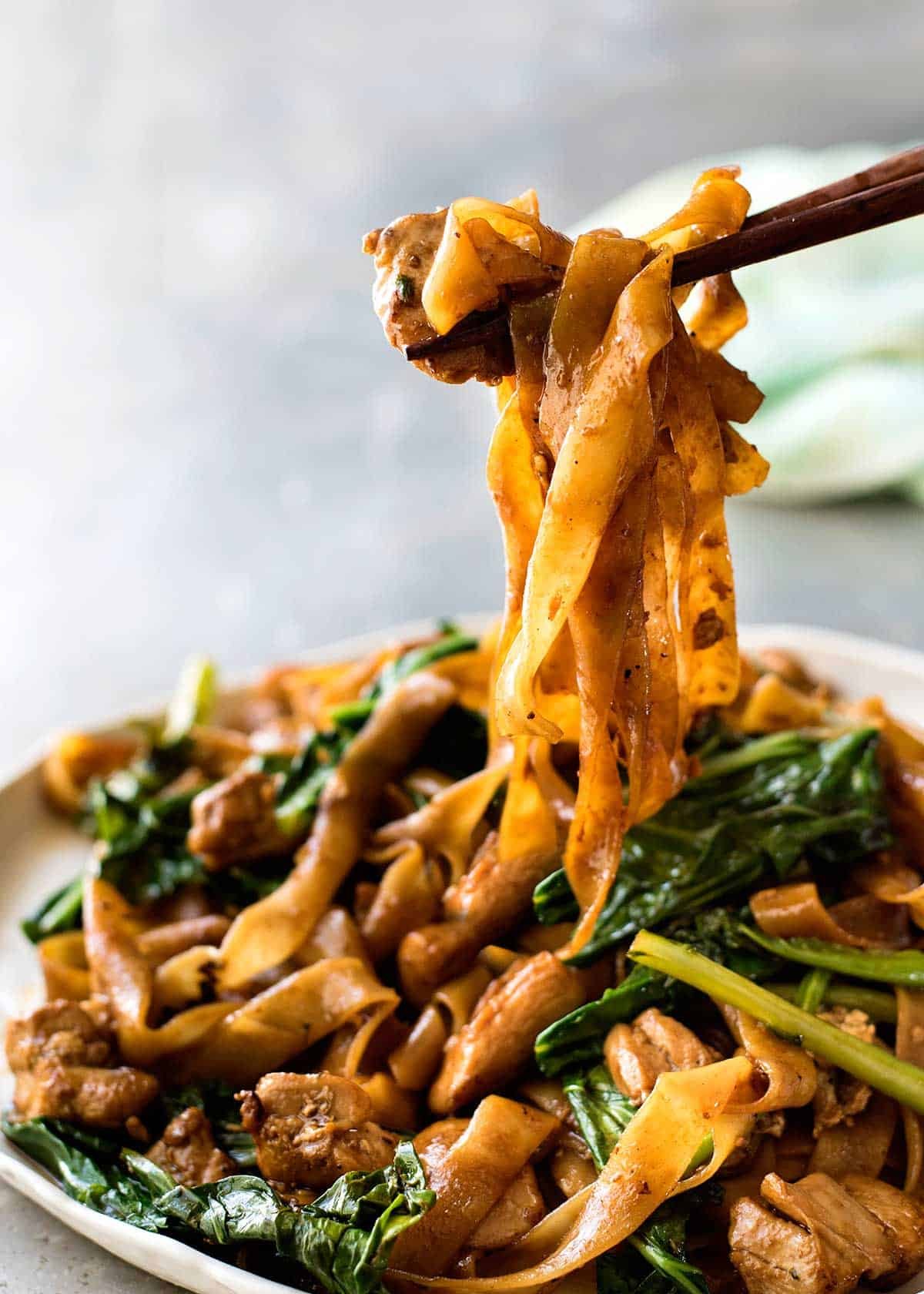
What goes in Pad See Ew
I can’t remember where I originally got the recipe from. Probably from David Thompson, the famous Australian chef who has dedicated his life to mastering the art of Thai cooking. I’ve made it so many times over the years, I can almost make it with my eyes closed. (Not really….but you know what I mean!)
So I had to actually measure the ingredients properly to share the recipe!
1. Pad See Ew Sauce ingredients
Pad See Ew has a sweet-savoury-touch-of-sour flavour, and this is made with a combination of the following ingredients:
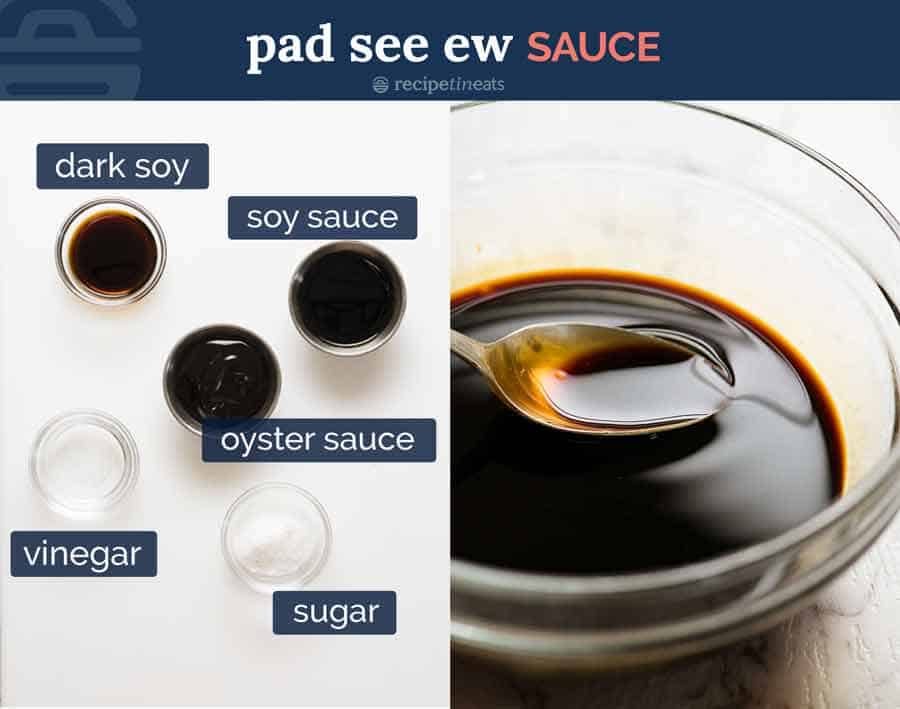
Dark soy sauce – For flavour and staining the noodles a dark brown.
Ordinary or light soy sauce – For seasoning (salt) and a bit of flavour. Most of the flavour comes from the oyster sauce and dark soy sauce. More on different soy sauces and when you can substitute with what in this About Soy Sauces post.
Oyster sauce – Key ingredient, it’s like 10 difference sauces mixed up in one bottle!
Vinegar – To balance the sweet and savoury. Some form of sour is a key ingredient in South East Asian cooking!
Sugar – For sweetness.
2. Pad See Ew ingredients
And here are the other ingredients for Pad See Ew:

Noodles – Pad See Ew is traditionally made with Sen Yai, which are wide, thin fresh rice noodles that are not easily accessible. Even most Asian stores in Sydney do not sell them – you usually need to go to a Thai grocery store.
So it is perfectly acceptable, and just as delicious, to make them with any wide flat rice noodles. I use dried rice noodles labelled as “Pad Thai” Rice Noodles (pictured below) because they are the widest available at the supermarket.
Once rehydrated, they’re essentially Sen Yai Noodles – just not quite as wide.
Chinese Broccoli / Gai Lan – This is a key authentic ingredient in Pad See Ew. Otherwise known as Gai Lan or Kai lan, it’s leafy and looks quite different to broccoli, but you’ll notice a similarity in the texture of the stems (hence the name).
If you can’t find it, just sub with other Asian greens, or a combination of broccoli or broccolini + spinach.
Chicken and egg – Feel free to use other proteins if you wish. But chicken is by far the most popular.
How to make Thai Stir Fried Noodles
Usually when making stir fried noodles, we toss everything together in one big pan or a wok.
But for Pad See Ew made at home, I do things differently to best replicate a restaurant flavour and minimise noodle breakage:
Cook chicken and vegetables first, then remove
Add noodles and sauce, toss to caramelise (just 15 seconds), then add chicken and vegetables back in.
Reason: A signature flavour in Pad See Ew is the caramelisation of the noodles. Restaurants and street vendors achieve this with super powered gas stoves with fiery heat that you’ll never find in a home kitchen. The only way to replicate that caramelisation on the noodles on a home kitchen stove is to declutter the wok and cook the noodles separately – the noodles will caramelise in 15 seconds.
The other reason is that rice noodles break if you toss them too much. Doing the two-stage toss makes it much easier and faster to disperse the sauce and bring the Pad See Ew together.
Trust me on this point. I’ve made a LOT of Pad See Ew at home in my time, and the two-stage toss it the easiest and most effective technique!

Garlic, chicken and Chinese broccoli STEMS first – Using either a wok or large skillet set over high heat, heat the oil then sauté the garlic until it goes light golden. Add the chicken then once it mostly changes from pink to white, add the Chinese broccoli stems which take longer to cook than the leafy part.
Once the chicken is cooked (it should only take 2 to 3 minutes), toss the Chinese broccoli leaves in and cook for 30 seconds or so just until wilted.
Push everything to the side to make room to scramble the eggs on the side. This is the traditional Thai way of scrambling eggs in Pad See Ew!
Crack egg straight into the wok.
Scramble egg – Then mix to scramble it. Speed is of the essence here – we want scrambled egg not a sunny side up egg!
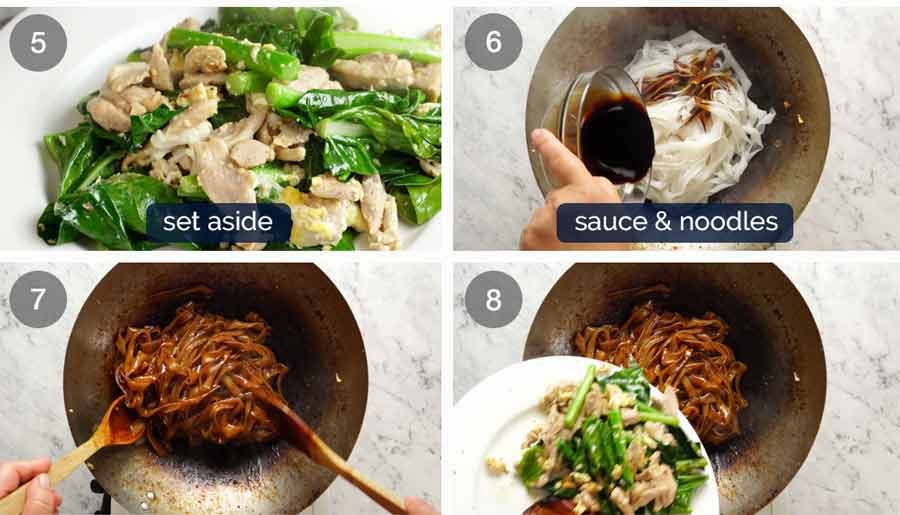
Empty wok – Remove the chicken and vegetables onto plate. As mentioned above, the best way to cook Pad See Ew at home is to cook the noodles separately so we can get some nice caramelisation on them. If we don’t do this, then the noodles just stew instead of caramelising.
Add noodles and sauce into the wok.
Toss quickly for 1 to 1 1/2 minutes until the sauce is dispersed throughout the noodles and you see some caramelisation on the edges.
PRO TIP: You want to be quick here because the longer and more you toss, the more noodle breakage you have. You’ll notice restaurants typically toss the noodles in the wok without using a wooden spoon or other tool for stirring – this too helps to minimise noodle breakage.
A note on Noodle Breakage – That said, you WILL get some noodle breakage, and that is normal / perfectly acceptable. Ever notice how the wide, flat noodles in Pad See Ew served at Thai restaurants are not long strands? That’s just the way it is. In fact, traditionally, Pad See Ew is served in Thailand with a FORK or spoon instead of noodles for ease of eating.
Add chicken and veg back in – Once the noodles are caramelised, add the chicken and vegetables back in. Give it a quick toss just to disperse, then serve!

As with all stir fries, once you start cooking, it moves very fast! So have everything prepared and ready to throw into the wok because there’s not time to be scrambling around the kitchen!
If you want to add a fresh side, try this Asian Slaw – it’s a great all rounder that goes with all Asian foods. – Nagi x
Watch how to make it
This recipe features in my debut cookbook Dinner. The book is mostly new recipes, but this is a reader favourite included by popular demand!
Hungry for more? Subscribe to my newsletter and follow along on Facebook, Pinterest and Instagram for all of the latest updates.
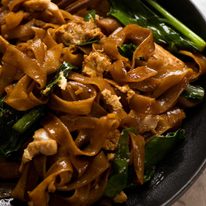
Pad See Ew – Thai Stir Fried Noodles
Ingredients
Noodles
- 200g / 7 oz dried wide rice stick noodles , or 15 oz / 450g fresh wide flat rice noodles (Sen Yai) (Note 1)
Sauce
- 2 tsp dark soy sauce (Note 2)
- 1 1/2 tbsp oyster sauce
- 1 tbsp light soy sauce (or all purpose, Note 3)
- 2 tsp white vinegar (plain white vinegar)
- 2 tsp sugar (any type)
Stir Fry
- 3 tbsp peanut or vegetable oil , separated
- 2 cloves garlic cloves, very finely chopped
- 1 cup / 150g / 5oz chicken thighs (boneless, skinless), sliced (Note 4)
- 1 large egg
- 4 stems Chinese broccoli (Note 5)
Instructions
Preparation:
- Chinese Broccoli – trim ends, cut into 7.5cm/3" pieces. Separate leaves from stems. Cut thick stems in half vertically so they're no wider than 0.8cm / 0.3" thick.
- Noodles – Prepare according to packet directions and drain. Time it so they’re cooked just before using – do not leave cooked rice noodles lying around, they break in the wok.
- Sauce – Mix ingredients until sugar dissolves.
Cooking:
- Heat oil: Heat 1 tbsp oil in a very large heavy based skillet or wok over high heat.
- Cook garlic and chicken: Add garlic, cook 15 seconds. Add chicken, cook until it mostly changes from pink to white.
- Chinese broccoli STEMS: Add Chinese broccoli stems, cook until chicken is almost cooked through.
- Chinese broccoli LEAVES: Add Chinese broccoli leaves, cook until just wilted.
- Scramble egg: Push everything to one side, crack egg in and scramble.
- REMOVE chicken from wok: Remove everything in the wok onto a plate (scrape wok clean).
- Caramelise noodles: Return wok to stove, heat 2 tbsp oil over high heat until it starts smoking (HOT is key!). Add noodles and Sauce. Toss as few times as possible to disperse Sauce and make edges of noodles caramelise – about 1 to 1 1/2 minutes.
- Add chicken back in: Quickly add chicken and veg back in, and toss to disperse. Serve immediately!
Recipe Notes:
Nutrition Information:
Originally published 2014, updated 2016. Updated over the course of the years with improved photos, the addition of ingredients and process photos as well as a recipe video. Recipe also updated with a more effective cooking method – cooking the ingredients in two batches. No change to ingredients, but yields a better caramelisation and easier to cook – read in post for explanation.
MORE THAI TAKEOUT FAVOURITES
Love noodles? Me too! See my entire Noodle recipes collection.
Life of Dozer
When Dozer ate a VERY spicy piece of chilli biltong!!

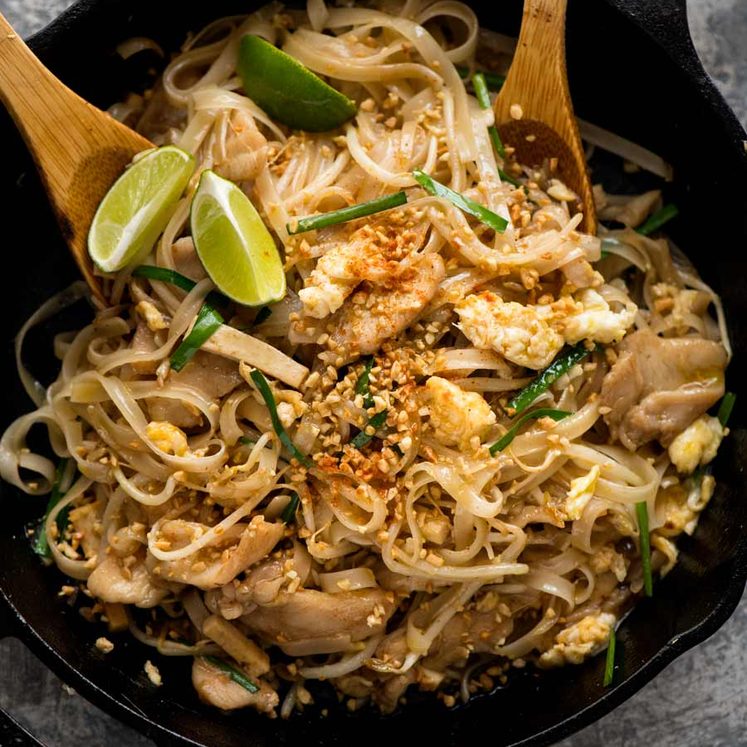
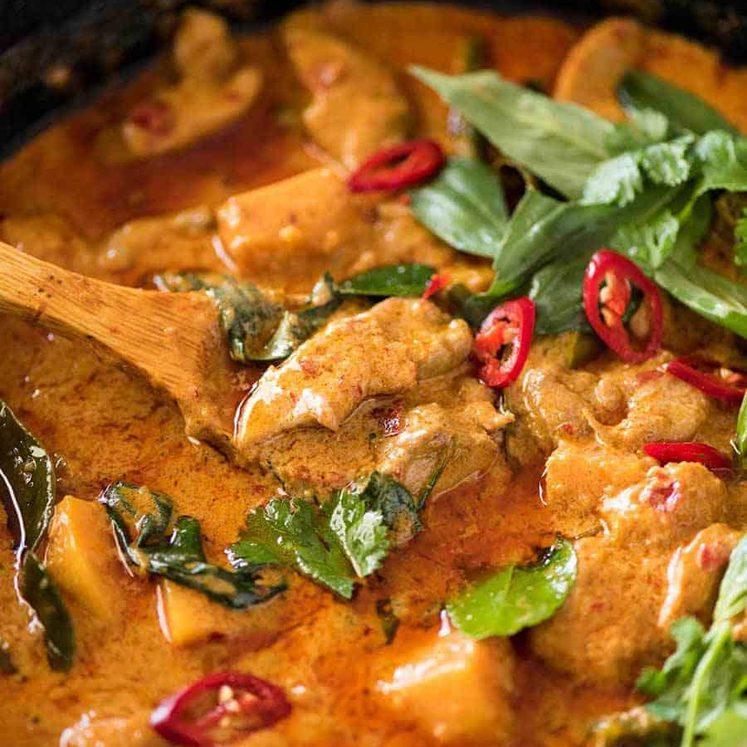
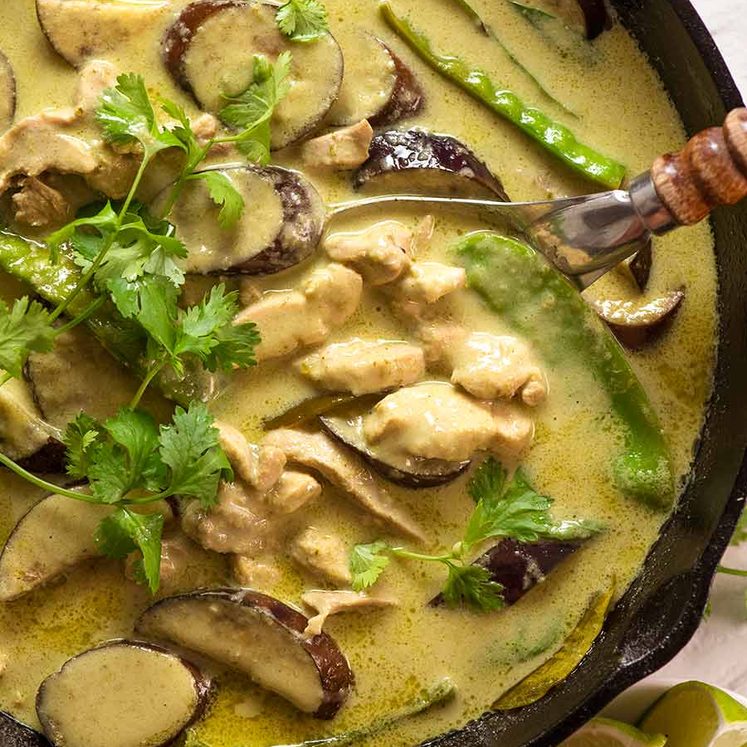

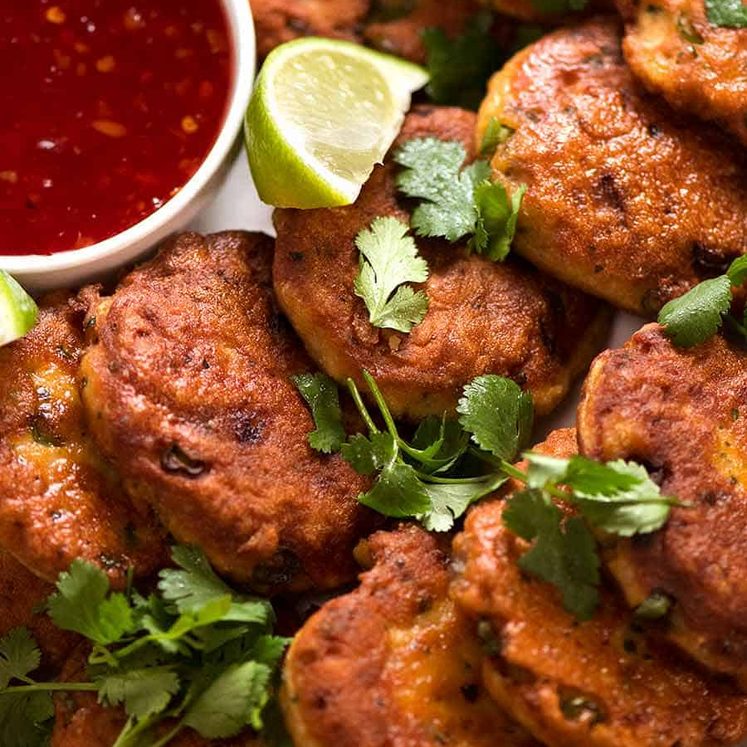
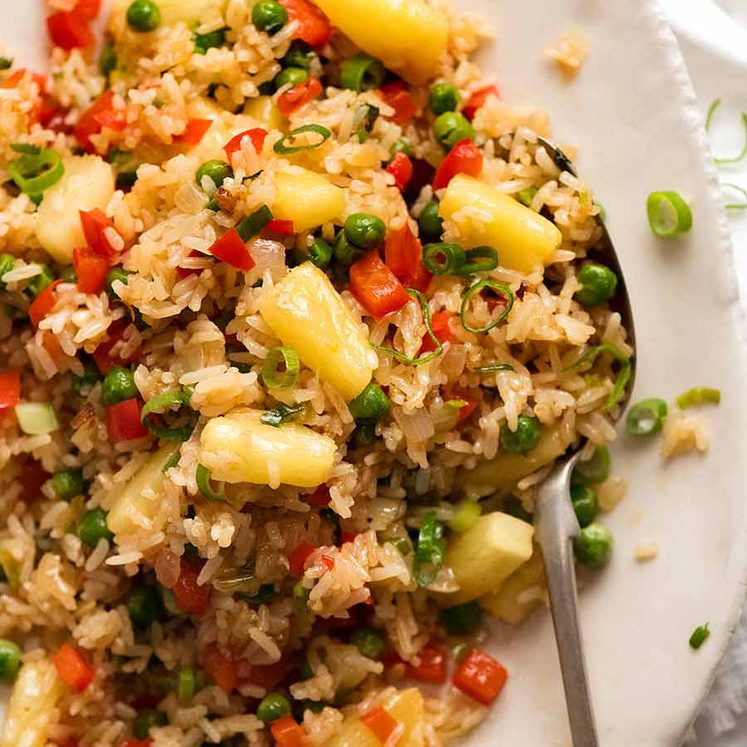
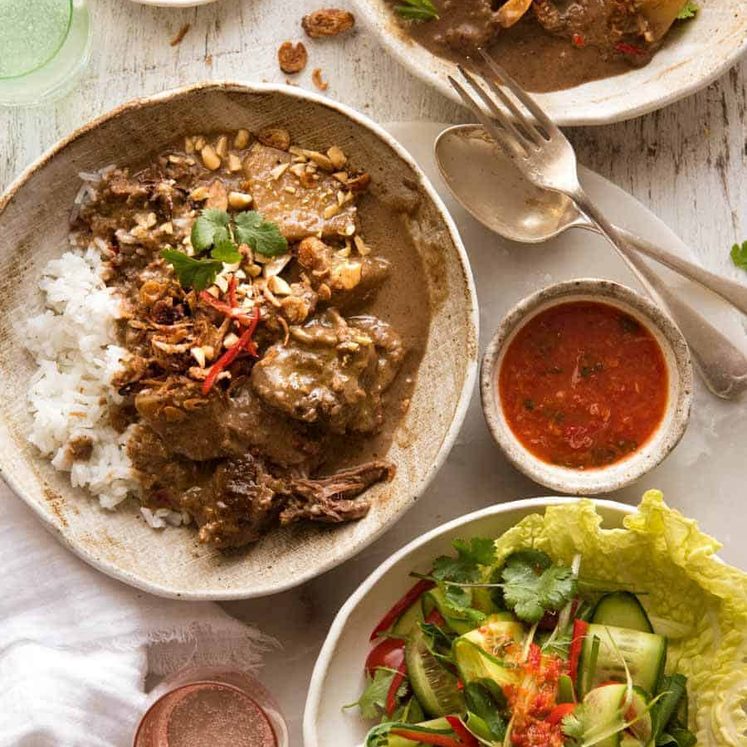

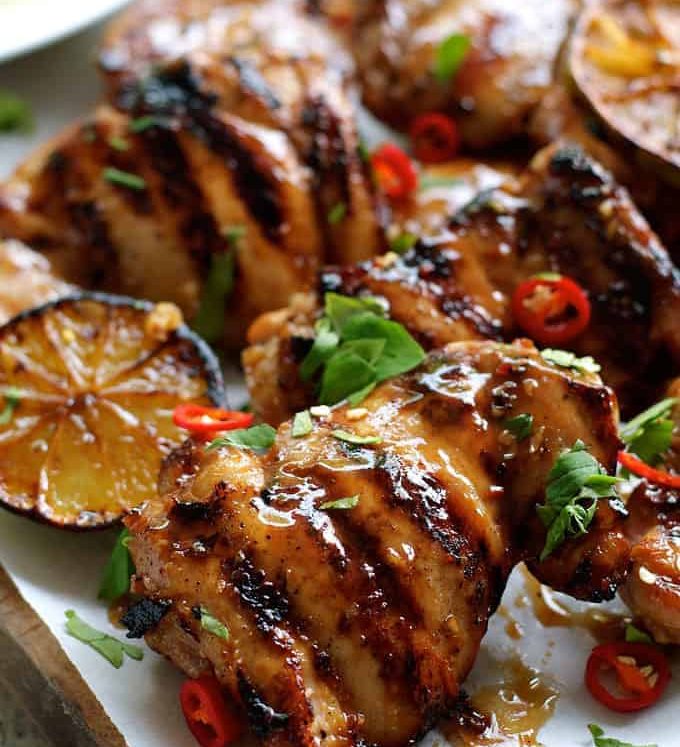
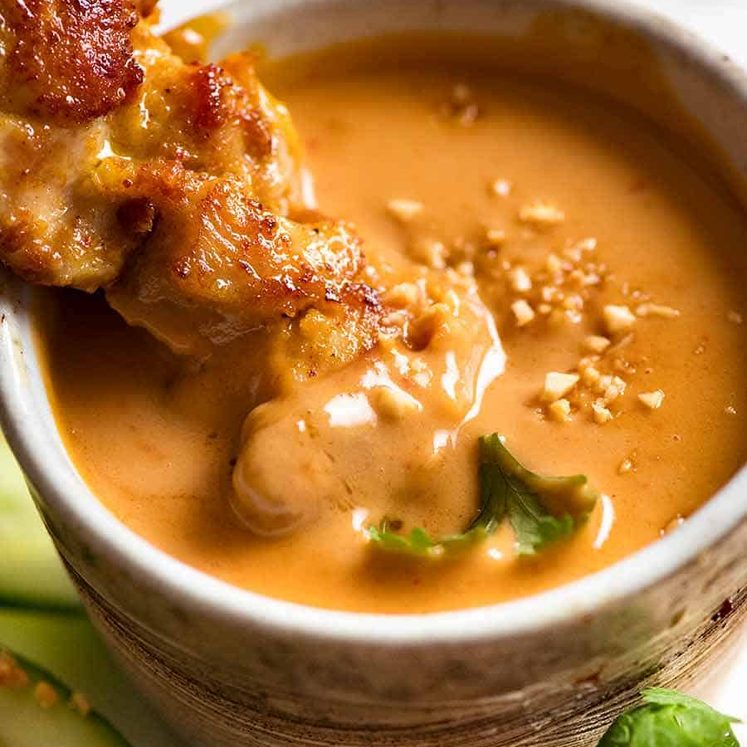
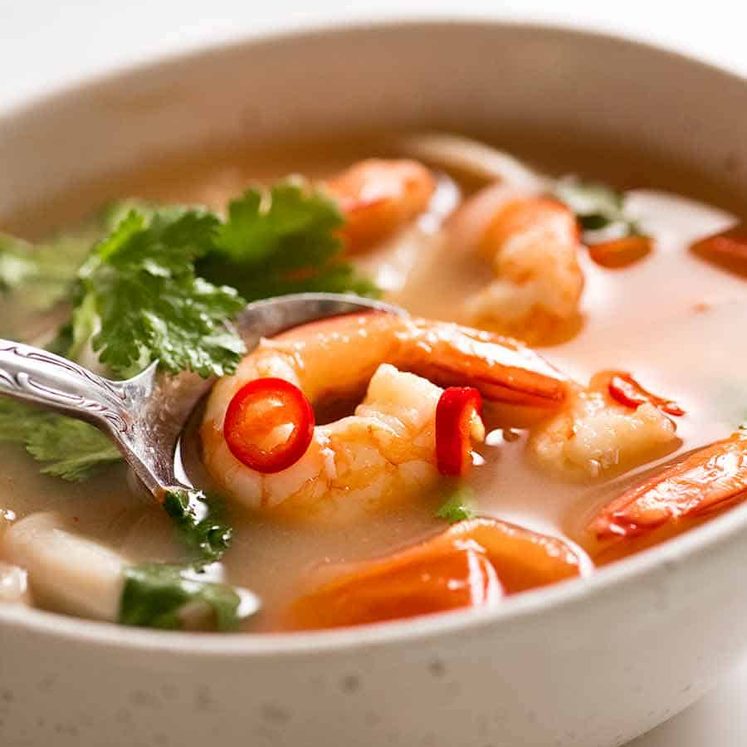
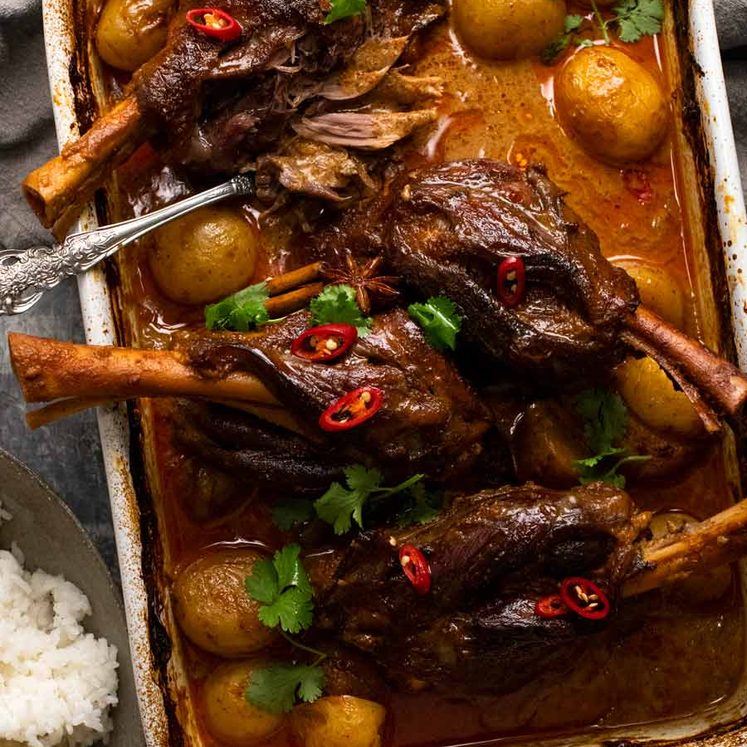
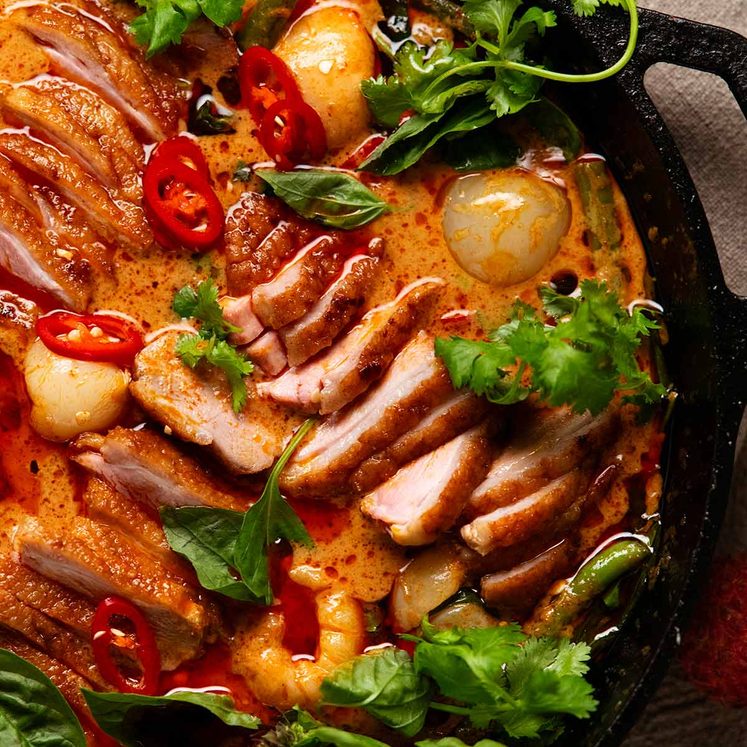
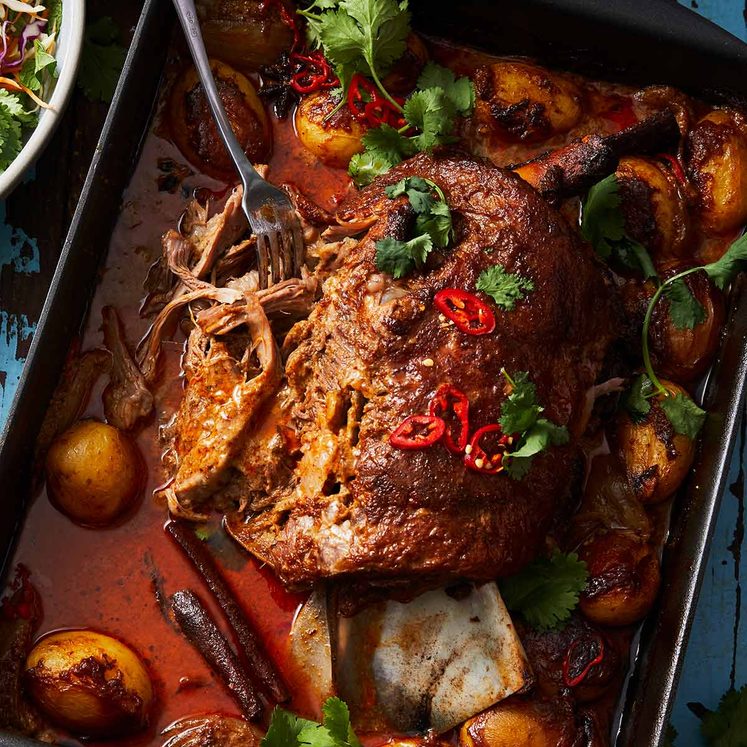
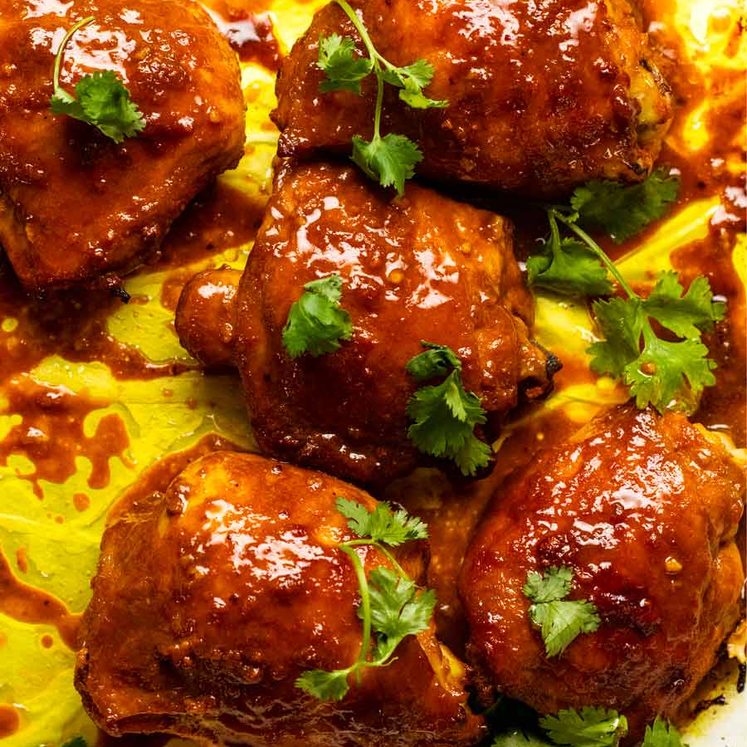
I love your attitude towards cooking !Cant wait to try your recipes here in Galveston Texas!
I hope you do! Don’t forget to let me know what you think once you try them ☺️
I made this tonight and we thoroughly enjoyed it. The mix of flavors was a great balance, although next time I might add a few more grams of sugar. The only problem was, with my 18,000 BTU burner, I got great caramelization, but lots of—not unexpected—splatter. I generally don’t wear a chef’s jacket at home, but next time, I will!
That’s all the fun of cooking isn’t it Jeffrey?! 😂
Thank you so much! This turned out perfectly, the only change being rapini for Chinese broccoli. My husband and I slurped up every bite. More, please!!!
I’m so glad you loved it!
Made this for a family dinner of discerning Thai food lovers including 13 y/o great nephew.
They scarfed it! Niece said, “Thankyouthankyouthankyou for the Pad See Ew!!”
I use thin and black soy for the soy and dark soy respectively.
Best recipe so far.
That’s awesome Diane!
I never leave comments. Nagi you save my “what to cook for dinner”life. I’ve cooked 4 of your recipes this week. Was sceptical of this one but it’s friday night and I thought what the hell. Love it and so did my partner. We are alway sending you appreciation when we eat your recipes. Many thanks for your blog. Did mine with beef tenderised by the method you recommend (velveting). Yum
Nagi does fantastic, easy recipes for time-pressed home cooks. (I’ll confess to “borrowing” a few ideas from her for commercial menus!) If Nagi ever opens a restaurant, I’ll be the first in line to make a pilgrimage to Sydney!
Thanks so much for the awesome feedback Helena!!
Another fine recipe Nagi. I doubled up everything, as I’ve got a hungry teenager at home. Only issue I had was the amount of liquid released by the veggie leaf, meant scrambling the eggs didn’t work quite so well. Suspect it’s cos I picked up water spinach instead of chinese brocolli.
I try out plenty recipes online, but never post any comments. Only discovered your site around Christmas, and I’ve since tried out around 20 of your recipes. Every one of them’s been a winner. So felt compelled to give you some feedback.
Keep up the great work.
Thanks so much Ian, yes if there’s too much water in the wok it won’t fry very well unfortunately. I’m so glad you’re loving my recipes ❤️
Hi nagi, Love the idea! Thanks for sharing such an amazing recipes..
You’re so welcome Molly, I’m so glad you’re loving them ❤️
Made this tonight and felt like I was back in Thailand. Absolutely delicious!!! My husband (who I met backpacking in Asia 20yrs ago) is enjoying your recipes so much he has asked me tell you that he loves you ❤️😂
Aww thanks so much Jilly!!
Hi Nagi, I just want to say I really like your recipe . And most importantly , the updates of Dozer. Thanks for sharing !
You’re so welcome Lily ❤️
Awesome Nagi! Made this for dinner tonight. Simple, tasty and filling. I was thinking I might use something other than broccoli 🥴 but I found Chinese broccoli at Bankstown and cooked as per your recipe – who would’ve thought broccoli can be 😋. Thanks for a great recipe 👏
You could definitely sub with any other vegetable you prefer! I’m so happy you loved it Lynda ❤️
Amazing! I could not find wide noodles or Chinese broccoli at my local supermarket and used regular stir fry rice noodles and broccolini instead – Loved it!
Awesome Tiffani!
Amazing! Could not find wide noodles or Chinese broccoli – replaced with regular stir fry rice noodles and broccolini…. Loved it
Hi Nagi, I’ve made this before and it was almost perfect, but I find that the supermarket dried rice noodles have a sort of unpleasant fishy taste? Is there any way to get around this, maybe rinsing them before or after cooking? I couldn’t find anyone else talking about this problem…
Great dish though, excited to try out the new cooking method. 🙂
Hi Sam, I haven’t actually noticed that before – maybe try another brand?
Hi Nagi, thanks for your reply. 🙂 My Woolies has just started stocking fresh rice noodles so I’ll give those a go instead.
Just made this for dinner. Winner…again. I doubled it (but only used about 3/4 of soy mixture). I had everything but happened to find those noodles at a Thai grocers at Greenhills (Hunter Valley). Followed your instructions with them and indeed we even ended up with some long ones!!!
Nagi your recipes seem to double really well which
i love.
Keep up the fabulous work.
Thanks so much for the terrific feedback Virginia ❤️
Hi Nagi. Another great recipe. I did everything as you suggested and turned out beautiful. Why wouldn’t it? It’s a Nagi recipe after all!!. Thanks heaps
☺️ I’m just pleased you enjoyed it Robyn! Thank you for letting me know! N x
Can you freeze leftovers
This dish is better fresh as noodles tend to go gluggy if frozen – N x
This is one of my favorite Thai dishes next to Rad Na. Would you please make a Rad Na post? Thank you!
Oh yum I didn’t know that was the proper name! For a similar dish, use my Chop Suey recipe, double the sauce, and right at the end after the chicken and veg are cooked, toss in the noodles (400g / 14 oz fresh or 200g/7oz dried cooked per packet) then immediately serve! N x
Hi, I made this tonight but doubled everything – I must have made an error along the way as there was too much sauce (I shouldn’t have tipped it all in😩) daughter and boyfriend ate it but needed a soup spoon 😉
Too much sauce! Woah! Too much water added??? N xx
Another fabulous recipe!! Your recipes have changed the way I eat..in a good way. Fresh,easy to prepare and budget friendly. Thankyou Nagi and Dozer.
I love hearing that Marcia, thank you for your lovely feedback! N x
I have looked for “dark soy sauce” at Asian markets here in Reno, Nevada, and they don’t know what I am talking about! Do you have a brand name?
That is a terrifying thought – that an Asian Store doesn’t know about dark soy sauce?? Here’s a few: Lee Kum Kee https://www.amazon.com/Lee-Kum-Kee-Premium-Sauce/dp/B0001EJ4CU. Blue Dragon https://www.amazon.com/Blue-Dragon-Dark-Sauce-150ml/dp/B00MWUBXRK. There’s loads of brands and I haven’t had a miss yet! 🙂
What about Healthy Boy Brand sauces? What is the difference between dark soy sauce and dark sweet soy sauce?
Hi Larry! That’s a Thai brand 🙂 Dark soy is not sweet and it’s watery, dark sweet soy is sweet and like a thin syrup. If you can only find dark sweet, that’s fine to use just skip the sugar 🙂 N x